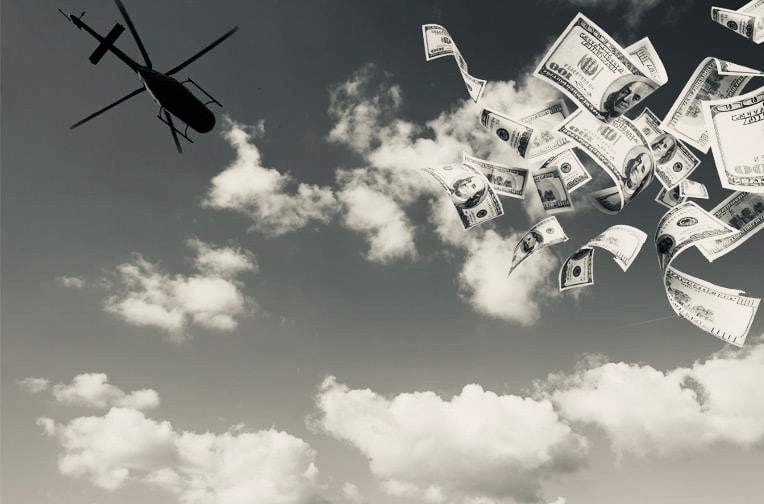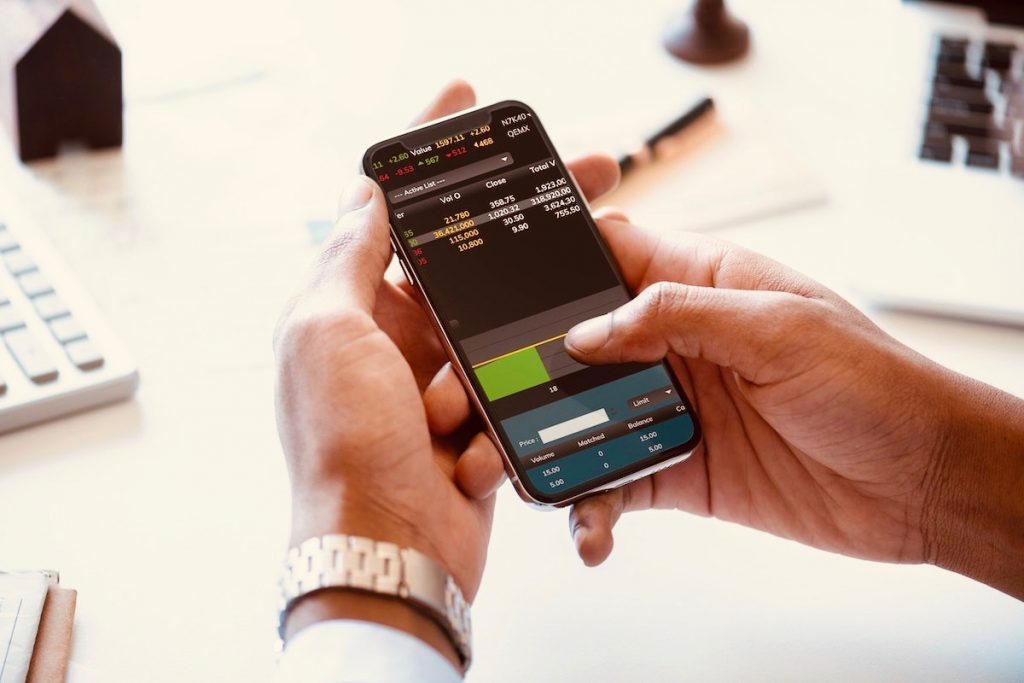There are facts, informed extrapolations from analogies to other viruses, and with so much unknowns, most comments are just opinion or pure speculation
There are facts, informed extrapolations from analogies to other viruses, and with so much unknowns, most comments are just opinion or pure speculation
There are facts, informed extrapolations from analogies to other viruses, and with so much unknowns, most comments are just opinion or pure speculation
BUYERS of equity-linked notes and other similar investments are fond of saying: "I'm a buyer if this stock falls 30 percent". What they really mean is that they would be a buyer if the stock dropped and if fundamentals stay the same as today. You can be sure that any time a stock falls by 30 percent, the fundamentals have changed. In this virus bear market, few have been buying despite almost everything being 30 percent lower.
When a stock, or the whole market, actually falls by 30 percent, instead of buying, every human will experience the exact opposite feeling. When bad macro-economic news hits, in the unfolding decline many investors will feel an urge to sell so that they can buy back at lower prices. Doable in theory, but in practice how does an investor know when to buyback? If prices move lower, the news will have gotten worse. The market bottom will be near the point of maximum bad news and pessimism. If one waits till the news is no longer bad, the stock market will already have moved significantly higher, and the investor will rue not having bought near the lows.
Any investor who sells expecting lower prices bases this action on the fear. We are all told to keep emotions on the side and stay invested during declines. Easy to say, but very difficult to do. To confuse us further, current forecasts on how the virus will unfold are all over the place. Some epidemiologists still predict that more than two thirds of every person in the world will get infected, while others saying that we are near peak infection.
Long time traders know that markets will act in a way that will confound the majority. The bounce in equities over the last three weeks by more than 20 per cent fits the bill, occurring even as infected and death rates were still climbing in the US. Like expert predictions on the virus' future path, the analysis of the current rally is all over the place. Some conclude that the bottom is in place and we will experience a V-shaped recovery, while others say this a bear market rally.
Towards informed extrapolations
Can we move away from speculative opinions and towards informed extrapolations? We can, in two steps. Since we're stuck working from home for another three weeks, and hopefully not longer, I highly recommend two books to make you a better investor. The first is Wisdom of Crowds by James Surowiecki, which describes situations where a large amount of guesses on a specific topic, for example, a trivial one like guessing how many marbles are in a large container, will give an average answer which is remarkably close to the actual number.
The second book, Superforecasting by Philip Tetlock, takes this idea and puts it on steroids. It analyses what it takes to become a 'superforecaster', a person who is consistently in the top 2 percent of accuracy at answering questions about how specific events will unfold over the near future. Surprisingly, the best forecasts are made by people who are not experts in the topics at hand. The book instead shows that experts are often spectacularly wrong, due to groupthink and clinging onto their previous views when more facts have uncovered that point to the opposite. Average people can develop specific skills that dramatically increases the accuracy of their forecasts.
More pressingly in the current pandemic, Superforecasting can help you objectively assess the forecasted path of the current virus, with higher accuracy than even the World Health Organization (WHO).
While the Superforecaster website is on a paid subscription, the Covid-19 page is available to the public. This tool is as close as we're likely to get to combining all the facts and extrapolating the most probable future path. Investors can use this as a more objective assessment that is likely to be more accurate than many experts, so as to make informed decisions on the impact of the virus spread on the global economy, and how to position your portfolio. After reading the book, you may even want to try to become a superforecaster yourself.
We're in a period of unprecedented events, so history can only offer limited guidance in navigating what we're going through. One historical relationship that is still likely to hold (and note this opinion is completely influenced by my bias as an optimist on the ability of us humans to overcome all adversity), is the direct correlation between the depth of a recession and the subsequent recovery. Deep recessions are followed by strong recoveries. Any investor who sold equities expecting things to get worse should to take this into account.
By LEONARDO DRAGO
Co-founder of AL Wealth Partners, an independent Singapore-based company providing investment and fund management services to endowments and family offices, and wealth-advisory services to accredited individual investors.





